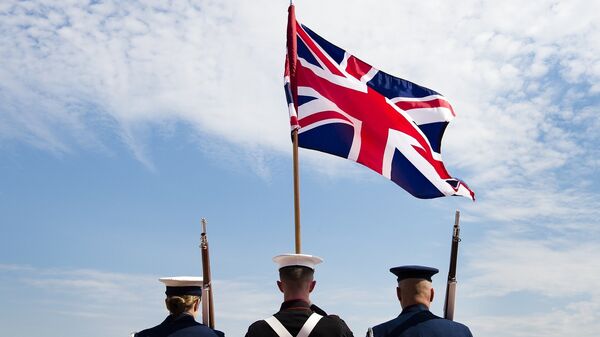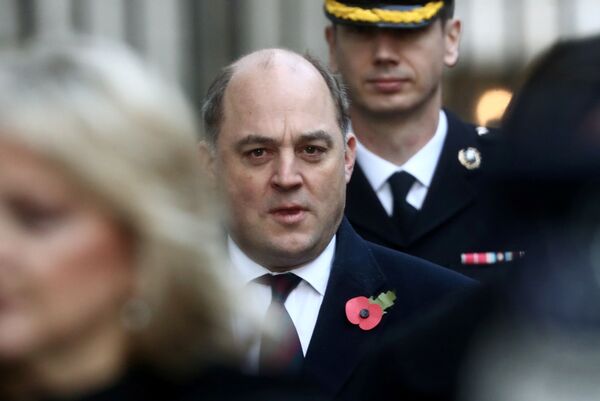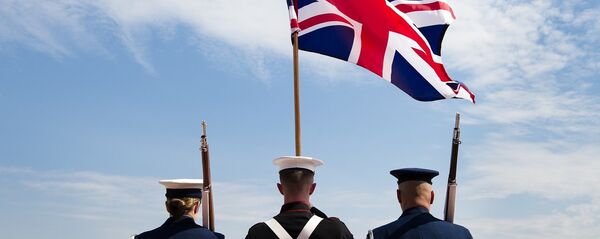The heads of three branches of the UK military are scrambling to redistribute the UK's miserly budget with the Army's numbers threatening to fall to a low of between 60,000 and 65,000, The Times reported citing anonymous sources.
UK Army chiefs are pressing the Navy to lease out one of its expensive aircraft carriers to one of the country’s allies, such as the US, whose fleet greatly favours this type of vessel.
"The Army hates the aircraft carriers, which they have always seen as white elephants, but the Americans love them. They're cutting-edge because they can operate with far fewer crew than the US carriers", one of the sources said.
The Royal Navy, meanwhile, is pushing for a reduction in manpower in the Royal Air Force (RAF), arguing that this branch of service won't need much of it in the near future. Interestingly enough, according to the RAF, it currently has a shortage of around 250 pilots.
"The Army can't recruit or retain the people it needs. Both the Army and the Navy think that the job of the RAF will soon be done by drones", the source says, describing the ongoing clashes between military brass.
The fight for the redistribution of available resources started under a directive from Defence Secretary Ben Wallace, who ordered the military to "cut their cloth". According to the media outlet's sources, however, the minister is unaware of the infighting it’s caused since he is currently preoccupied with campaigning for an upcoming December snap election, as is the rest of the Cabinet.
This process will also lead to the Army shrinking to a new low, making it nearly half the size it was 16 years ago, when the UK deployed its divisions alongside the US-led invasion of Iraq, The Times indicated. The media noted that how the resources will be redistributed will likely be determined by a new chief of the defence staff, who is expected to be appointed next year.
The redistribution is taking place as the Tory leadership is set to publish a new directive on defence spending that will reportedly suggest it should be boosted up to a bit over 2% of GDP, in line with demands by US President Donald Trump in 2018. The latter reportedly speculated about withdrawing from NATO unless other members boost their defence spending, arguing that the US carries a disproportionally large share of the alliance's burden.





